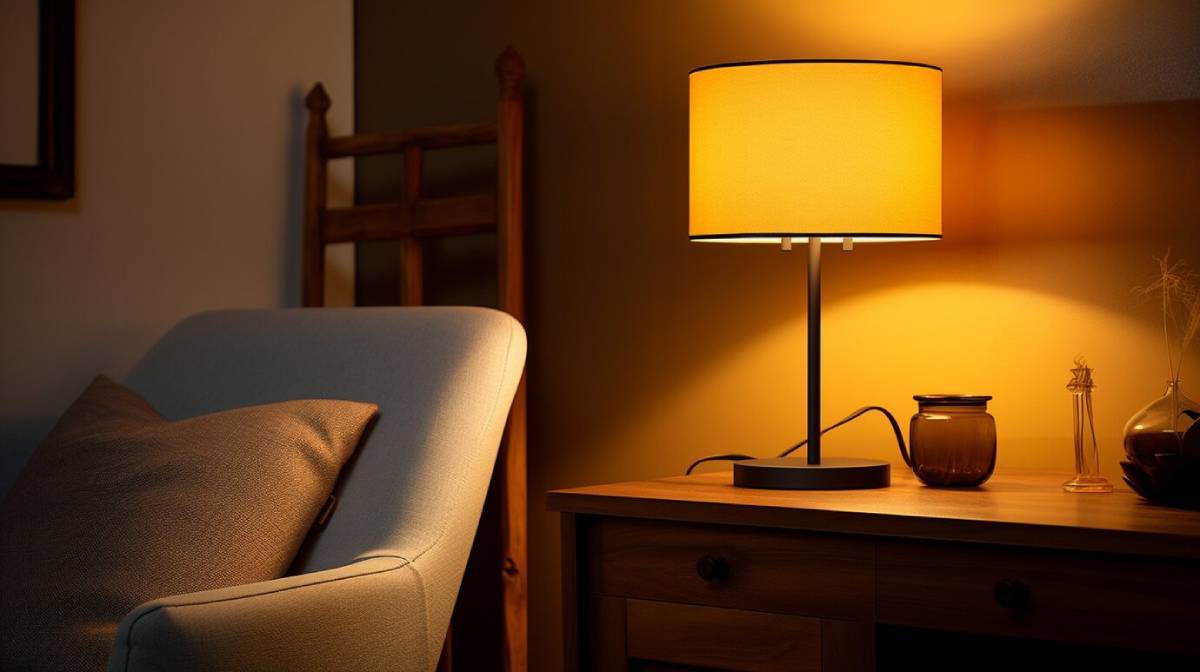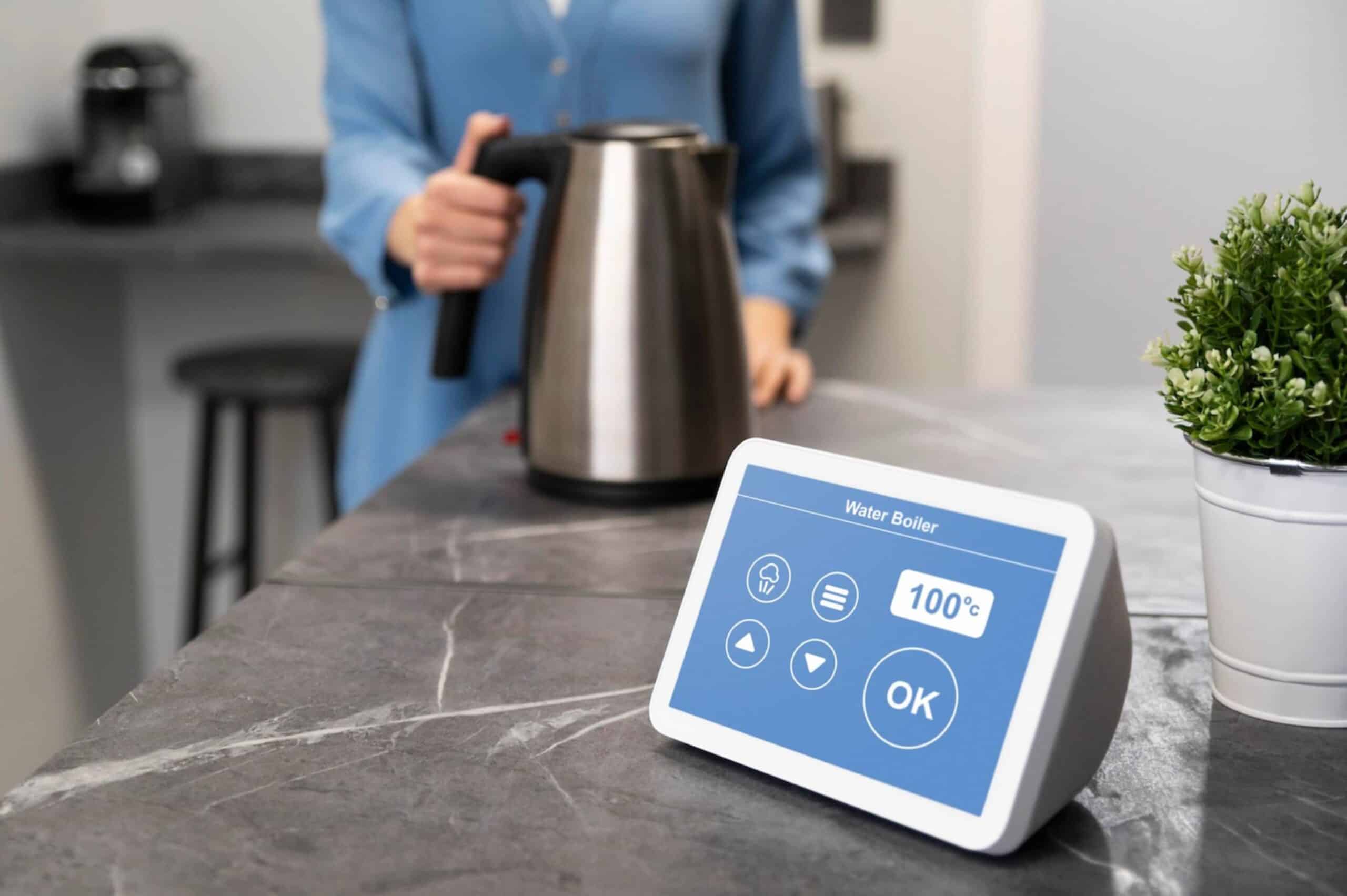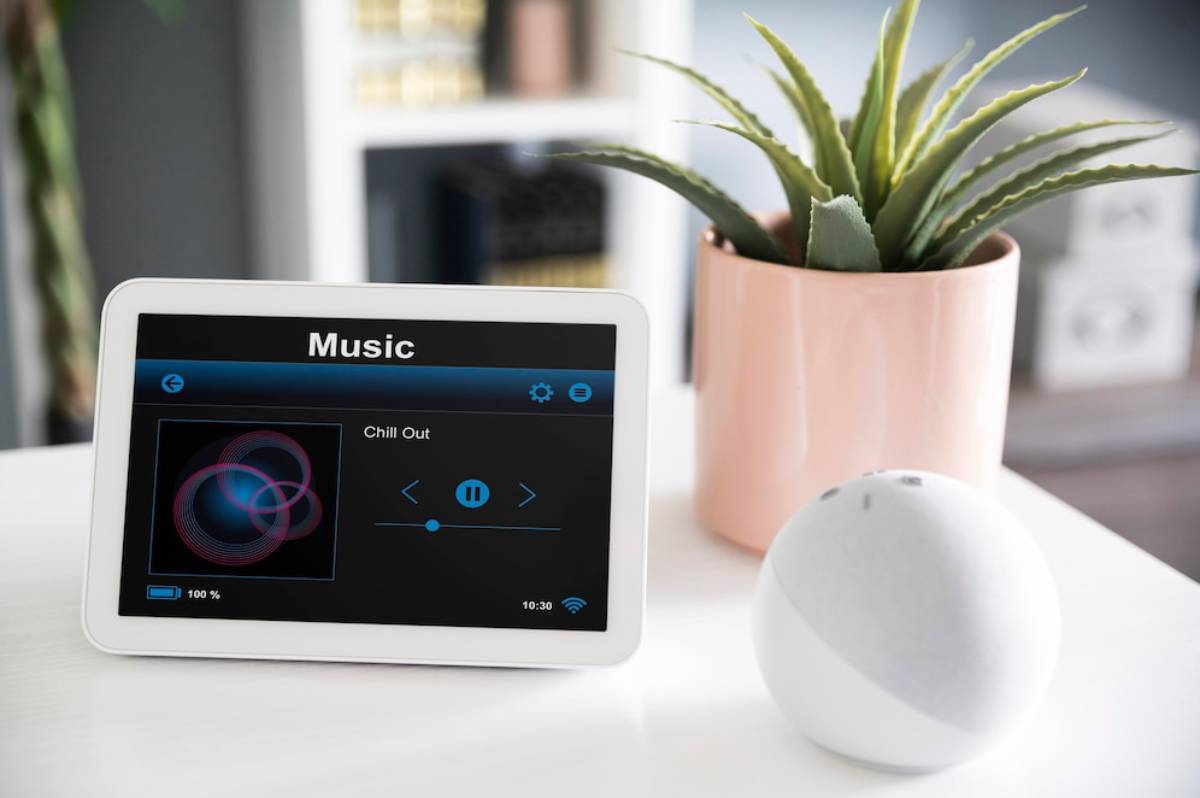
Philips Hue vs. LIFX: Which Smart Bulb Reigns Supreme?
Smart lighting has become a staple in connected homes, offering everything from mood-setting ambience to voice-controlled automation. But when it comes to premium smart bulbs, two names lead the pack: Philips Hue and LIFX. Each offers a unique take on smart lighting, packed with features, integrations, and vibrant colour control.
In this smart bulb showdown, we’ll compare these lighting giants head-to-head. Whether you’re upgrading a single room or planning full-home automation, this guide will help you decide which brand truly brightens your smart home life.
Why It Matters: Lighting That Does More Than Shine

Smart bulbs are more than just a tech novelty—they’re tools for enhancing daily life. From waking you gently with sunrise simulations to syncing with your music or improving home security, smart lighting can be a key part of your overall setup.
But the experience depends heavily on the bulb you choose. Factors like colour accuracy, app control, responsiveness, and platform compatibility all play a role. The wrong bulb can mean laggy performance or limited features, especially if it doesn’t fit well with your existing ecosystem.
That’s why choosing between Philips Hue and LIFX is about more than brightness—it’s about finding the right match for your lifestyle and smart home vision.
Philips Hue: Ecosystem-First Lighting Excellence
Why it stands out:
- Bridge-Based System: Philips Hue uses a dedicated hub (the Hue Bridge) for most features, which adds stability and faster response times.
- Wide Ecosystem Support: Works seamlessly with Alexa, Google Assistant, Apple HomeKit, SmartThings, and more.
- Zigbee + Bluetooth: Choose between the bridge for advanced features or Bluetooth for direct pairing with fewer bulbs.
- Scene and Routine Customisation: The Hue app offers a rich array of pre-set scenes and dynamic routines.
Philips Hue has long been known for its reliability, making it a favourite in larger setups and whole-home integrations. It’s especially strong if you want consistent performance and plan to expand your system over time.
LIFX: High-Tech, High-Brightness, No Hub Needed
What sets it apart:
- Wi-Fi Enabled: LIFX bulbs connect directly to your Wi-Fi, meaning no hub is needed.
- Superior Brightness and Colour: Often cited as the brightest and most colour-accurate bulbs on the market.
- Advanced Effects: The LIFX app supports animations, themes, and custom zones for multi-colour lighting.
- App-Based Simplicity: Quick setup via app, with no extra hardware or bridges required.
LIFX excels in visual quality and ease of use. It’s a solid choice for renters, beginners, or anyone who wants great lighting without setting up extra equipment.
Real-Life Usage and User Feedback

In everyday use, both smart bulbs perform well—but they shine in different areas depending on user preferences.
Philips Hue is often praised for its stability. Users love how reliable the system is when using the Hue Bridge. It’s a go-to for smart home enthusiasts building full automation systems, especially those integrating with motion sensors, switches, and smart assistants.
LIFX, on the other hand, gets applause for its vivid colours and ease of setup. Users enjoy the stunning effects, simple app control, and the fact that no additional hub is required. However, some report inconsistent performance in Wi-Fi-heavy environments or homes with weaker signals.
What users highlight:
- Philips Hue wins for long-term system growth, automations, and third-party integrations.
- LIFX wins on brightness, colour vibrancy, and ease of getting started without a hub.
Expert Tips and Common Mistakes
How to Get the Most from Your Smart Bulbs
- With Philips Hue: Use the Hue Bridge if you’re planning to automate several rooms. The advanced features and stability are worth it.
- With LIFX: Make the most of its visual effects by experimenting with dynamic themes, schedules, and colour zoning.
- Link with Voice Assistants: Both brands work well with Alexa, Google, and Siri, giving you effortless voice control.
- Create Scenes: Set lighting moods for different parts of the day—“Work,” “Relax,” or “Dinner” are popular options.
Mistakes to Avoid
- Mixing ecosystems without a plan: Don’t mix Philips Hue and LIFX unless you’re comfortable managing two apps and potential overlaps.
- Ignoring network strength: LIFX relies on strong Wi-Fi. If your connection isn’t solid, expect delays or connection drops.
- Skipping firmware updates: Both brands push out updates that improve performance. Keep your bulbs updated for the best experience.
- Not using automation tools: Platforms like HomeKit, Alexa Routines, and Google Home add a layer of smart control that many users miss out on.
Advanced Insights: Ecosystem Compatibility
Choosing between Philips Hue and LIFX often comes down to what other tech you use.
Go with Philips Hue if:
- You want a lighting system that scales with you.
- You already use Zigbee-based products or want a stable, bridge-based system.
- You rely heavily on platforms like HomeKit or SmartThings.
- You plan to add motion sensors, dimmer switches, or outdoor lighting.
Go with LIFX if:
- You want rich, vibrant lighting with no hub.
- You have strong Wi-Fi and prefer a simpler setup.
- You’re focused more on visual effects and standalone performance.
- You don’t need advanced automation or accessory support.
Both brands are compatible with Matter, the new smart home standard, but Philips Hue is slightly ahead in implementation. LIFX has promised broader support by the end of the year, making both options viable for future-proof setups.
Industry Perspectives
Experts in the smart home space often point to Philips Hue as the better choice for power users and integrators. Its broad compatibility, excellent accessories, and polished app make it ideal for large-scale or complex installations.
LIFX is typically recommended for creative users—those looking to light up spaces with bold colours, scenes, and effects. It’s also popular among renters and flat dwellers thanks to its plug-and-play nature and lack of bridge requirements.
The two brands represent different philosophies: Philips Hue focuses on structure and scalability; LIFX champions simplicity and visual flair.
Final Verdict: Which Bulb Belongs in Your Home?
Choosing between Philips Hue and LIFX isn’t about which bulb is better—it’s about which one is better for you.
Philips Hue is the smart choice if you’re building a complete system and want something that grows with your home. Its wide compatibility, powerful automations, and accessories make it ideal for users who value control and precision.
LIFX is best if you’re after bold, brilliant colour and a simple setup. It shines in spaces where visual impact matters and where you want great performance without the need for bridges or hubs.
Both offer top-tier smart lighting experiences. The real winner is the one that fits your needs, your space, and the way you live.


